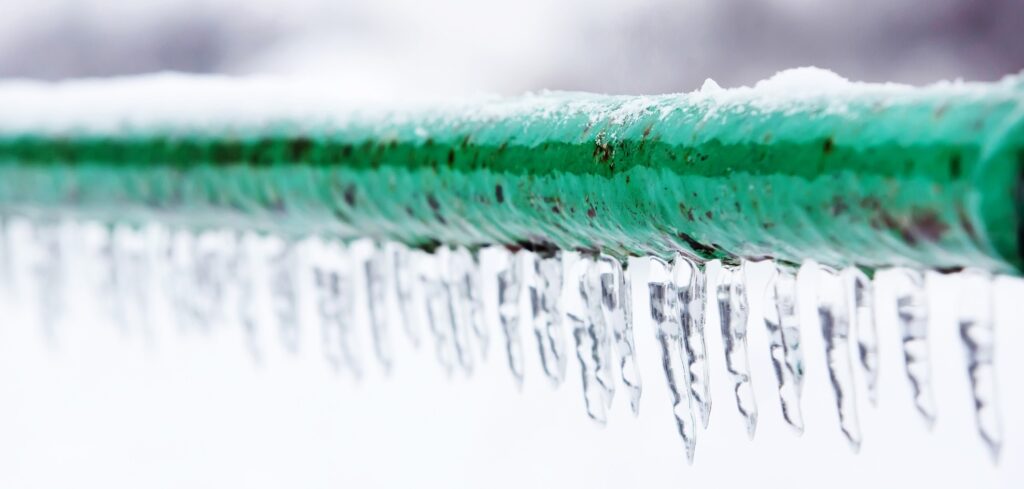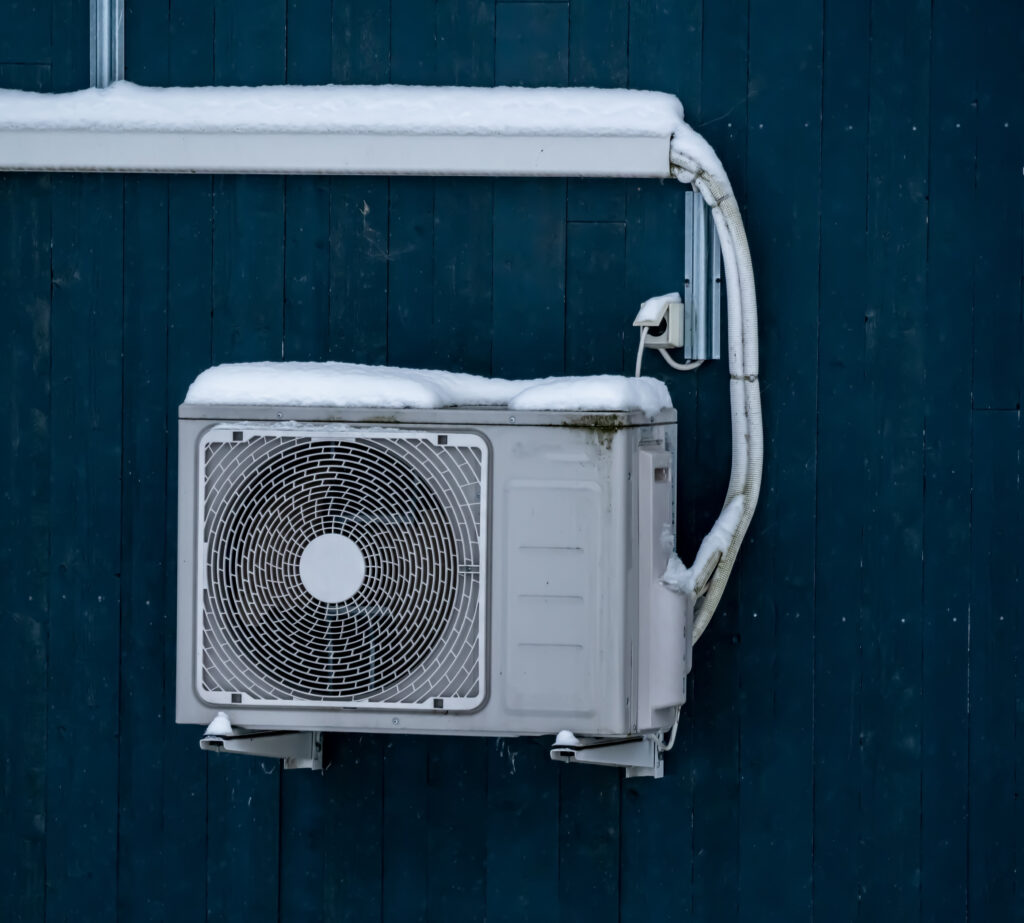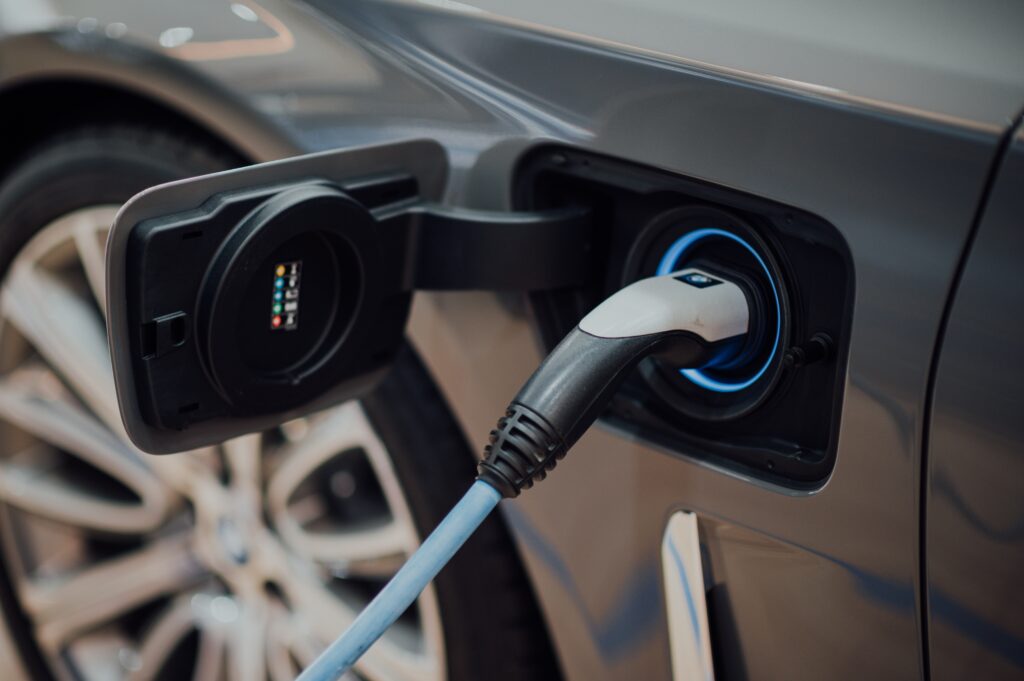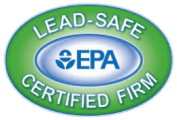How Long Does It Take for Pipes To Freeze & Burst?
When temperatures drop below freezing, homeowners often worry about their pipes freezing and bursting. But how long does it take for pipes to freeze and eventually burst? Generally, pipes can start freezing in as little as six hours if exposed to extreme cold, and they may burst shortly after due to the pressure buildup from expanding ice. Understanding the risks and taking preventative measures is key to avoiding costly repairs.
What Temperatures Cause Pipes To Freeze?
So, what temperature do pipes freeze at? Water inside pipes begins to freeze when the outside temperature reaches 32 degrees Fahrenheit. However, the real danger starts when temperatures drop to 20 degrees or lower for extended periods. At this temperature, uninsulated pipes, especially those in attics, basements, crawl spaces, and exterior walls, are at high risk of freezing.
How Long Does It Take for Pipes To Freeze?
The time it takes for pipes to freeze depends on various factors, including pipe material, insulation, and exposure to cold air. On average, pipes can freeze within six to eight hours when temperatures stay at 20 degrees or lower. If pipes are poorly insulated or exposed to drafts, they may freeze even faster. This is why pipes often freeze overnight when temperatures drop significantly.
How Long After Freezing Do Pipes Burst?
Frozen pipes don’t always burst immediately. The real damage occurs when ice expands inside the pipe, increasing internal pressure. If the pipe is weak or has no space for expansion, it may burst within a few hours of freezing. In other cases, pipes may remain frozen for days before bursting when temperatures fluctuate. The worst-case scenario is a sudden temperature rise, causing a rapid thaw and an unexpected leak.
How To Prevent Pipes From Freezing
The best way to avoid frozen pipes in cold weather is through proactive prevention. Here are some effective burst pipe prevention tips:
- Insulate pipes: Wrap exposed pipes with insulation sleeves or heat tape to reduce freezing risks.
- Keep faucets dripping: Running a trickle of water through the pipes can prevent freezing by relieving pressure.
- Seal drafts: Close gaps around windows, doors, and foundation cracks to keep cold air out.
- Maintain indoor temperatures: Keep your home heated to at least 55 degrees, even when away.
- Open cabinet doors: This allows warm air to circulate around pipes under sinks.
Signs of Frozen Pipes & How To Thaw Frozen Pipes Safely
If you suspect a pipe has frozen, look for these signs of frozen pipes:
- No running water or only a small trickle from faucets
- Frost on exposed pipes
- Strange noises when turning on the water
If your pipes are frozen, try these tips to thaw frozen pipes safely:
- Use a hairdryer or heating pad to gradually warm the pipe
- Apply warm towels around the frozen section
- Never use an open flame like a blowtorch, as it can damage pipes
If a pipe bursts, turn off the main water supply immediately and call a professional plumber. Quick action can minimize water damage and repair costs.
Are your pipes frozen or burst? Contact Ostrom Electrical Plumbing Heating & Air to schedule pipe repairs in Roanoke or the surrounding areas of Southwest Virginia.











